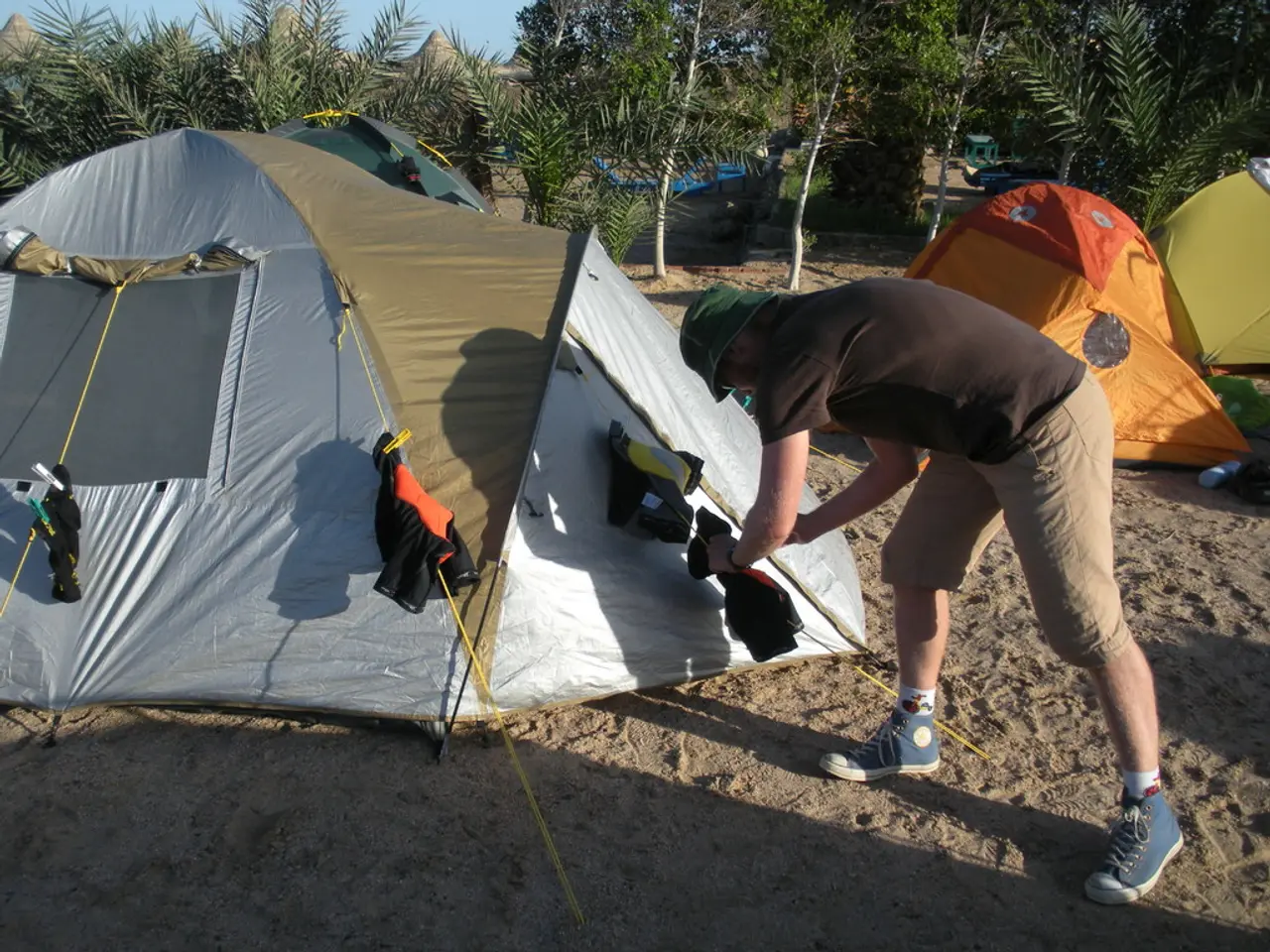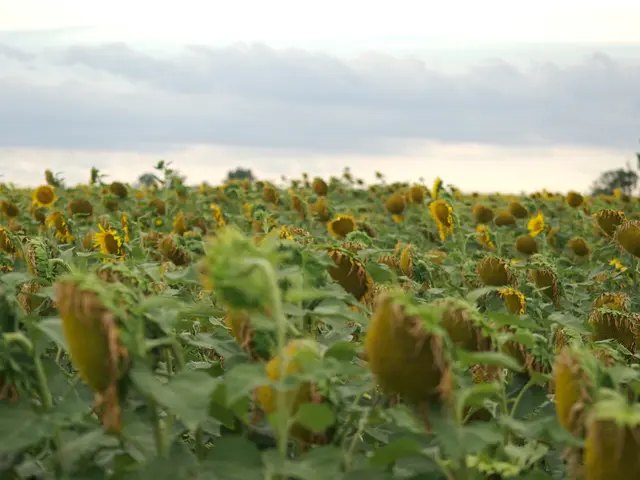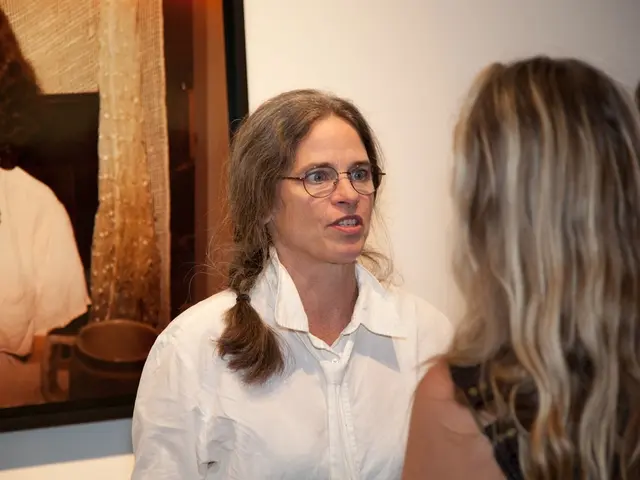Scouts Urged to Embrace Leave No Trace Principles
Ben Lawhon, now with Leave No Trace Center for Outdoor Ethics, is promoting awareness of Leave No Trace principles within Scouting. Many Scout leaders, having learned camping techniques from previous generations, may not align with these principles. Practicing Leave No Trace techniques helps discover nuances and makes them more natural.
Leave No Trace is an outdoor ethic coupled with low-impact habits, not just a slogan or restrictive rules. Campfires should be built in existing fire rings or on durable surfaces, using small, dead, and downed wood, and burning wood to ash. Creating new fire pits, burning large wood, cutting down trees, disposing of trash in fire pits, and transporting wood over long distances are discouraged.
Three levels of Leave No Trace training are available for Scout leaders and youth: BSA Leave No Trace 101, BSA Leave No Trace Trainer Course, and BSA Leave No Trace Master Educator Course. Learning, practicing, and teaching these behaviors is essential for Scout leaders and youth. Teaching Leave No Trace principles to Scouts is crucial for their understanding and adoption. Ben Lawhon, who practiced leaving no trace in the early 1980s, is now working to increase awareness and understanding of these principles.
Leave No Trace principles are vital for responsible outdoor experiences. Scout leaders and youth are encouraged to learn, practice, and teach these techniques to minimize impact on the environment. By following these principles, Scouts can enjoy the outdoors while preserving it for future generations.







